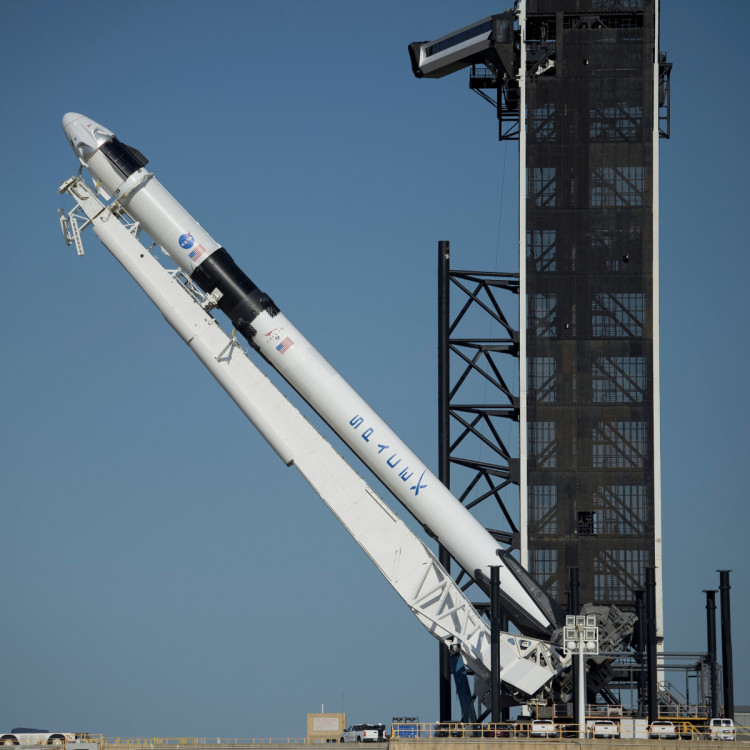South Korea is headed for the moon.
South Korea's first deep space mission, the Korea Pathfinder Lunar Orbiter (KPLO), launched today (Aug. 4), riding atop a SpaceX Falcon 9 rocket. This mission paved the way for future, more ambitious lunar missions.
The Korea Aerospace Research Institute (KARI), which is overseeing the project, said in a statement that KPLO, also known as Danuri, "will be the first step for ensuring and verifying [South Korea's] capability of space exploration,"
If all goes according to plan, this first phase will lead to a robotic lunar landing by 2030, which would be a significant achievement for South Korea. The KARI statement said, "Lunar exploration will enhance the space technologies of Korea, increase the value of Korea and stimulate pride [in] Korean[s],"
Today at 7:08 p.m. EDT (2308 GMT), the Falcon 9 launched from the Cape Canaveral Space Force Station in Florida. And 2.5 minutes after launch, the two rocket stages split apart and parted ways. Nine minutes after takeoff, the first stage descended for a precise landing on the SpaceX droneship. According to a mission description from SpaceX, it was the veteran booster's sixth touchdown to date.
After 40 minutes of launch, the second stage finished launching KPLO into space, where it was eventually placed into the intended ballistic lunar transfer orbit. KPLO will travel to the moon on a lengthy, looping, and extremely fuel-efficient trajectory before entering lunar orbit in mid-December.
KPLO will reach the moon approximately a month after NASA's tiny CAPSTONE mission, which was launched in late June and is traveling to the moon in a similarly winding manner.
The main goal of the $180 million KPLO mission is to demonstrate the technologies needed to travel to and study the moon, but Danuri, a combination of the Korean words for "moon" and "enjoy," will also carry out important scientific research from its orbital position.
ShadowCam is just one aspect of NASA's cooperation in KPLO; nine additional researchers were also chosen by the American space agency to take part in the mission.
Additionally, the KARI-NASA partnership may end up being substantial. ShadowCam and other Danuri devices may be able to offer information regarding the availability of lunar resources for NASA's Artemis program, which is attempting to create a permanent, sustainable human presence on and around the moon by 2030.
The Artemis Accords, a set of guidelines intended to encourage ethical moon exploration, are also ratified by South Korea. In May 2021, South Korea became the tenth nation to ratify the Accords. Since then, eleven additional nations have done the same.





